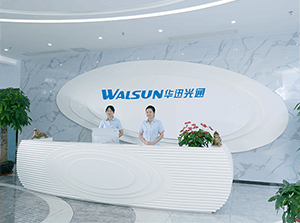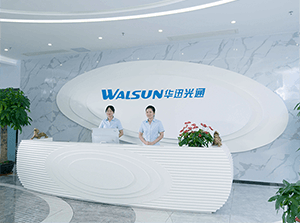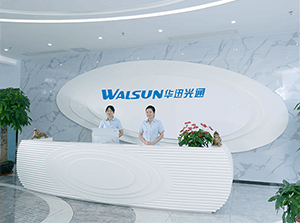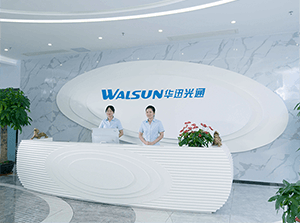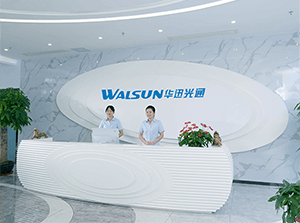PRODUCTS

- CS connectors (commonly known as SMA connectors) and SN connectors are both types of RF (radio frequency) connectors used to connect and transmit high frequency signals in electronic devices. The main differences between CS and SN connectors are as follows:1. Size and form factor: CS connectors are smaller in size and have a threaded coupling mechanism, while SN connectors are larger and have a sn1071

- What is the SFP28 Transceiver?SFP28 stands for Small Form-Factor Pluggable 28. It is a third-generation SFP connection system built for 25G throughput per IEEE 802.3 by specification (25GBASE-CR). SFP28 is an improved version of SFP+, designed for 25G signal transmission. SFP28 has the same type of form factor as SFP+, but it provides an electrical connection of 25Gbps per lane. Compared with SFP+1025

- The reach of an SFP (Small Form-Factor Pluggable) transceiver, including 1G LX (1 Gigabit Long-Reach) SFP, depends on the specific type of fiber optic cable and the environmental conditions. The LX designation indicates that the SFP module is designed for long-distance connections. Here are general guidelines for the reach of 1G LX SFP:Multimode Fiber (MMF):Typically, 1G LX SFP modules are not opt1402

- DR4 (Dense Wavelength Division Multiplexing 4) and SR8 (Short Range 8) are designations for specific types of optical transceivers used in high-speed data transmission. These designations refer to the configuration and specifications of the transceivers, particularly in terms of their intended applications, data rates, and reach. Here are the key differences between DR4 and SR8:Application and Rea1271

- The number of lanes in a QSFP (Quad Small Form-Factor Pluggable) transceiver depends on the specific variant of QSFP. QSFP modules come in various types, each supporting a different number of lanes. The two common types are QSFP28 and QSFP56-DD.QSFP28 (Quad Small Form-Factor Pluggable 28):QSFP28 supports four lanes for data transmission, with each lane capable of carrying data at rates up to 25 gi1110


 CHS
CHS Walsun Mall
Walsun Mall

